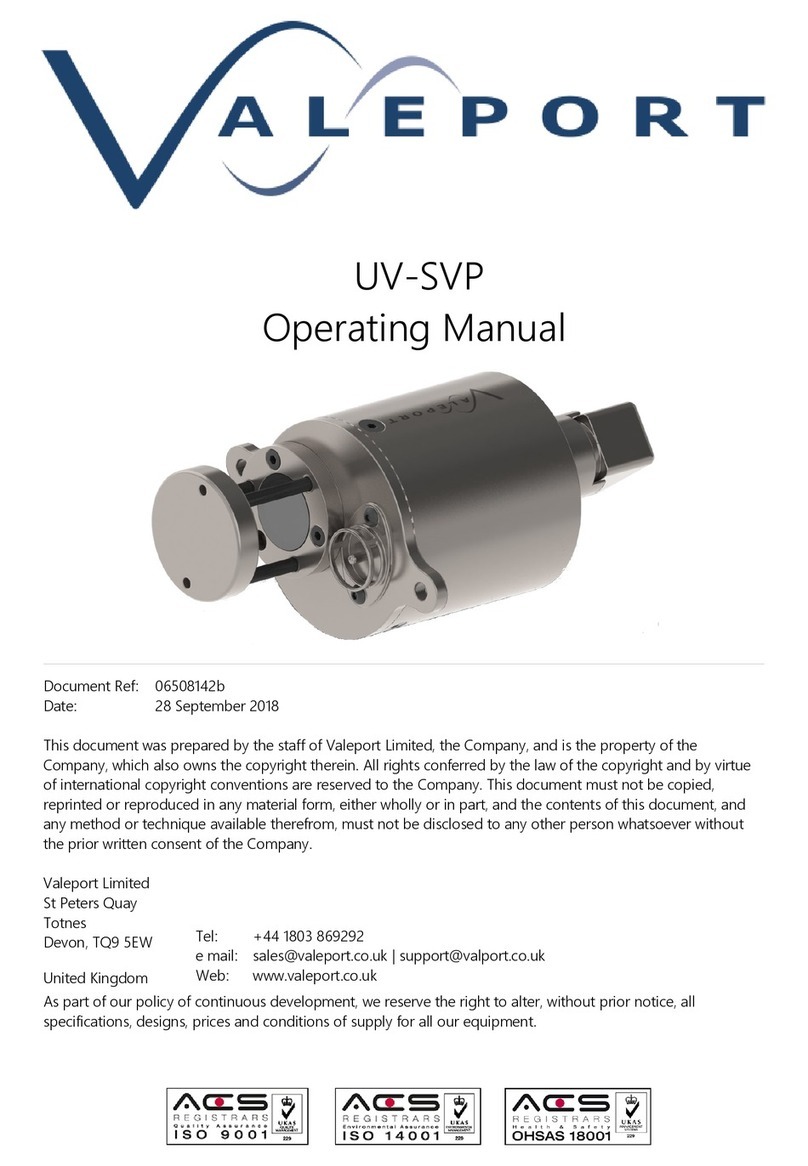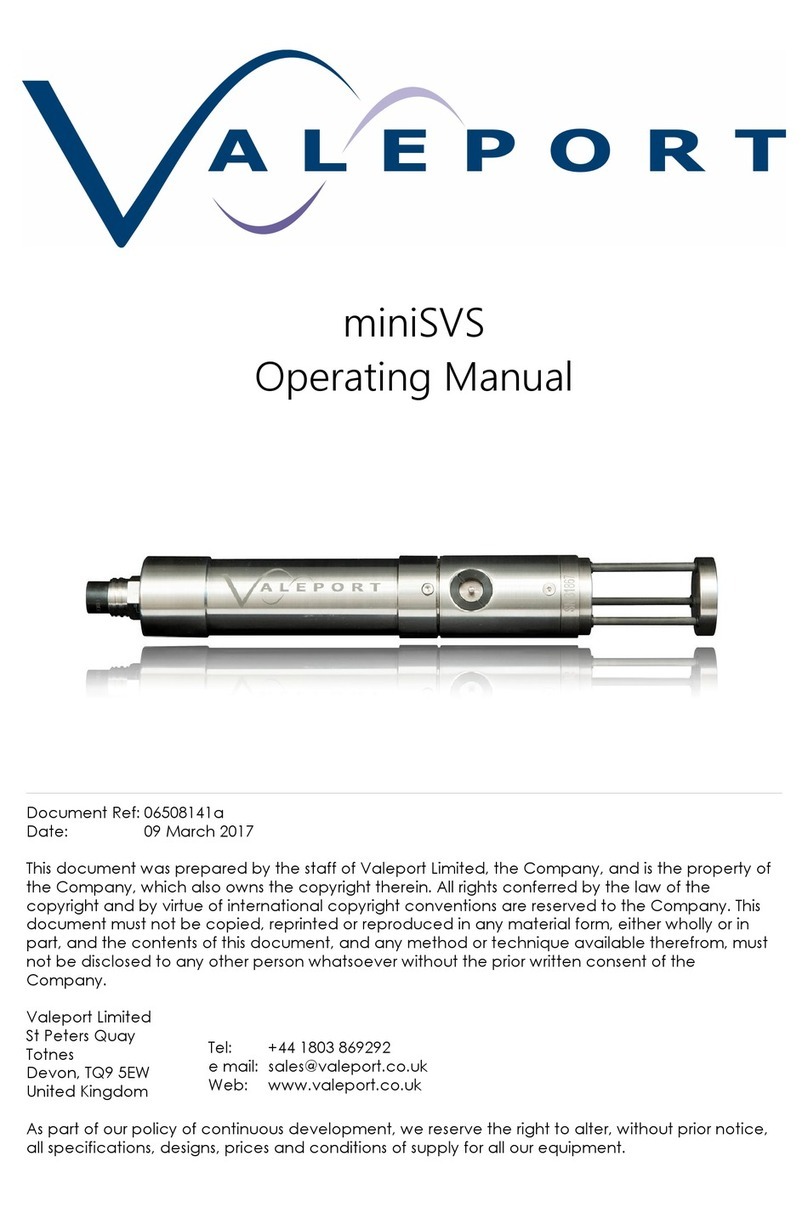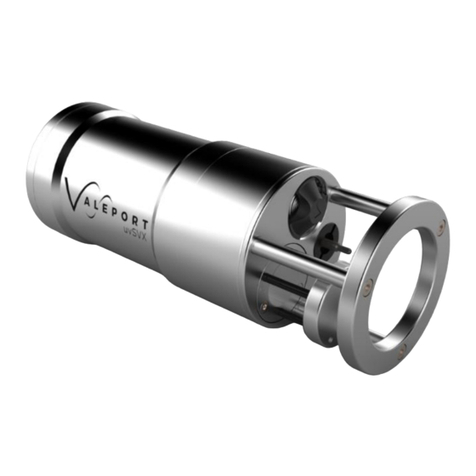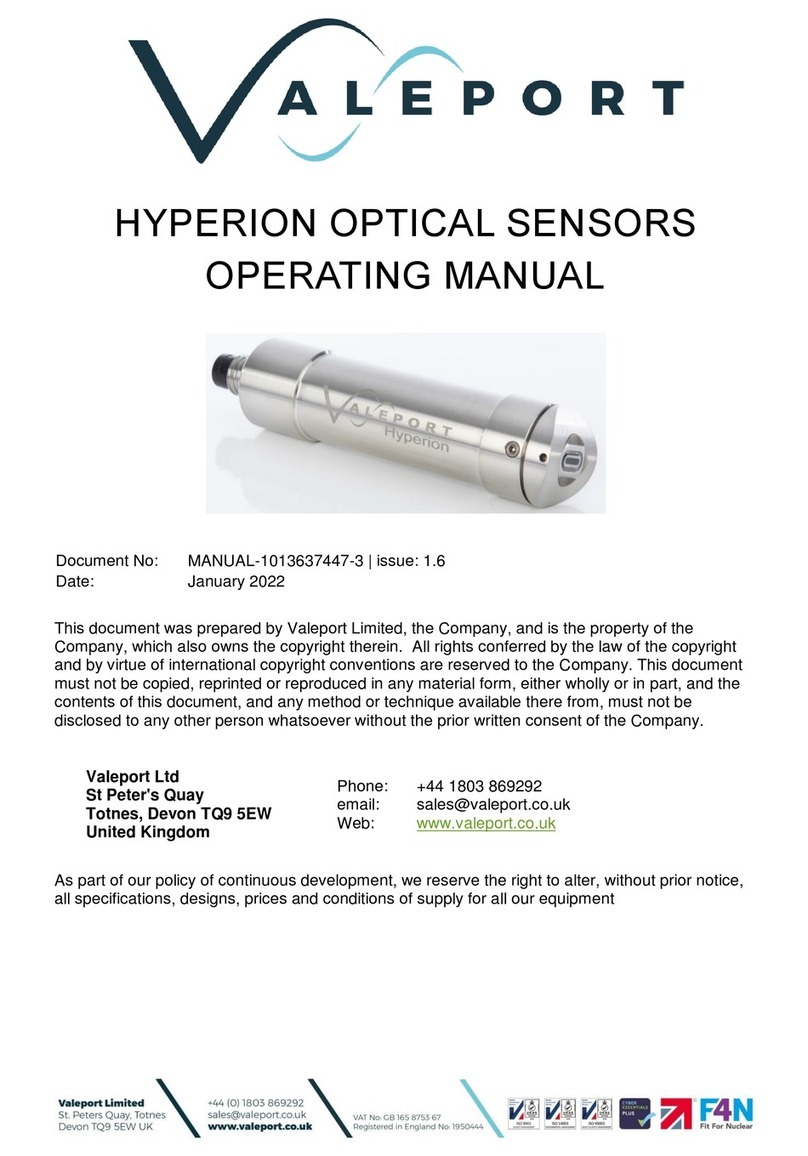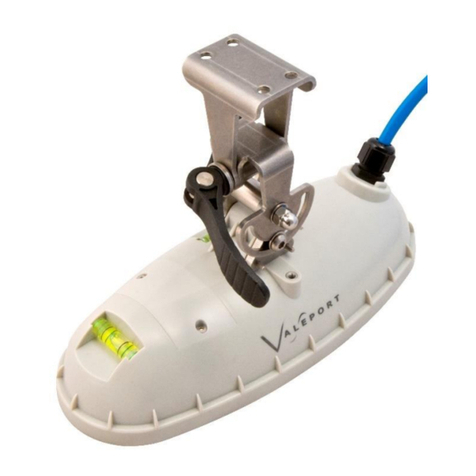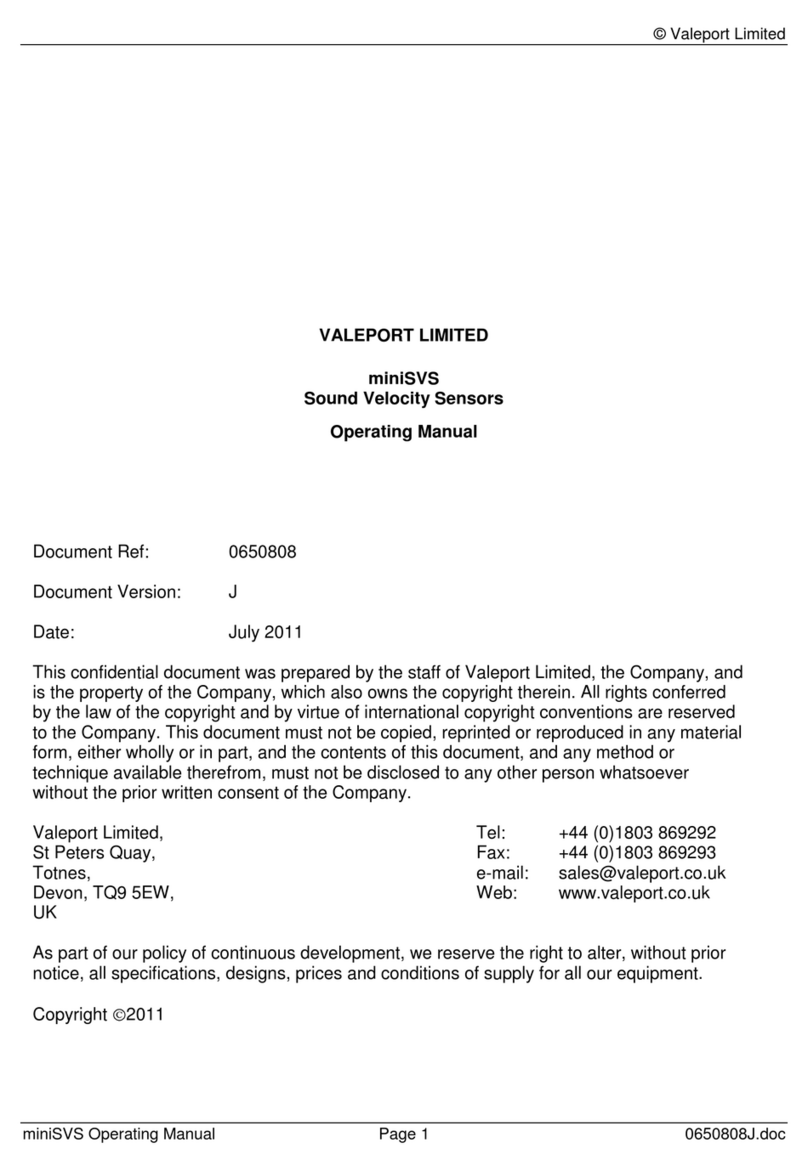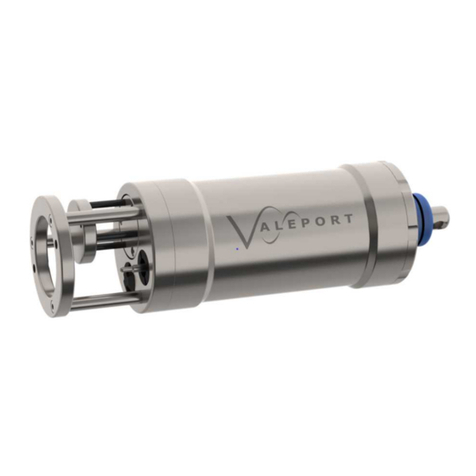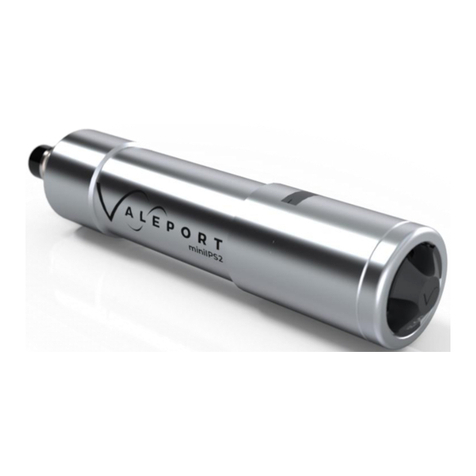
Table of Contents
1 Introduction - Hyperion Optical Sensor ........................................................................................... 3
1.1 Fluorophore & Nomenclature .............................................................................................................. 3
1.2 PCB Update........................................................................................................................................... 3
1.3 Calibration Update ................................................................................................................................ 3
2 Sensors................................................................................................................................................ 4
2.1 Fluorometers ......................................................................................................................................... 4
2.1.1 Chlorophyll a ......................................................................................................................................................4
2.1.2 Fluorescein (Uranine).......................................................................................................................................4
2.1.3 Phycocyanin.......................................................................................................................................................5
2.1.4 Rhodamine WT ..................................................................................................................................................5
2.1.5 Sulforhodamine B .............................................................................................................................................5
2.1.6 Safety Statement...............................................................................................................................................6
2.2 Linear Observation Range.................................................................................................................... 6
2.3 Quenching ............................................................................................................................................. 7
2.4 Turbidity ................................................................................................................................................. 8
2.4.1 Turbidity Units....................................................................................................................................................8
2.4.2 Safety Statement...............................................................................................................................................8
2.5 Physical Characteristics ....................................................................................................................... 9
2.5.1 Dimensions.........................................................................................................................................................9
3 Data Acquisition................................................................................................................................ 10
3.1 Output Rate.......................................................................................................................................... 10
3.2 Operating Modes ................................................................................................................................ 10
3.2.1 Mode C - Continuous .....................................................................................................................................11
3.2.2 Mode M - Continuous Measurement...........................................................................................................11
3.2.3 S Mode..............................................................................................................................................................11
4 Functional Check.............................................................................................................................. 12
4.1 User Calibration Factor and Offset .................................................................................................... 12
5 Operation with Multiple Dye Types ................................................................................................ 14
6 Operation with 400 Series Instruments ......................................................................................... 15
7 Communications............................................................................................................................... 16
7.1 Data Output Format $PVHYP (Pre November 2020)....................................................................... 16
7.2 Data Output Format $PVHY2 (Post November 2020) ..................................................................... 17
7.3 Hash (#) Codes ................................................................................................................................... 18
7.4 Modbus Operation .............................................................................................................................. 20
7.4.1 Modbus Register Lookup Table ...................................................................................................................22
8 Electrical ............................................................................................................................................ 25
8.1 Interface Cable –0901EA2 ................................................................................................................ 25
8.2 0400 Series Interface Cable............................................................................................................... 25
9 Care and Maintenance..................................................................................................................... 26
9.1 Fitting a Sensor Guard........................................................................................................................ 26
10 Software............................................................................................................................................. 27
10.1 Valeport Configure App...................................................................................................................... 27
10.1.1 Interface to the Hyperion...............................................................................................................................28
10.1.2 Configure the Instrument...............................................................................................................................30
10.1.3 Configure with Operation as Part of an EnviroLog System.....................................................................33
10.1.4 Sampling Scenario..........................................................................................................................................34
10.1.5 Calibration ........................................................................................................................................................35
11 Setting the Gain (Units with a Serial Number earlier than 75100).............................................. 36
12 Ordering and Part Numbers............................................................................................................ 38
12.1 Fluorometer ......................................................................................................................................... 38
12.2 Turbidity ............................................................................................................................................... 38
12.3 Accessories ......................................................................................................................................... 38
13 Declarations of Conformity.............................................................................................................. 39
13.1 UK Declaration of Conformity - UKCA Marking................................................................................ 39
13.2 EU Declaration of Conformity - CE Marking ..................................................................................... 40
